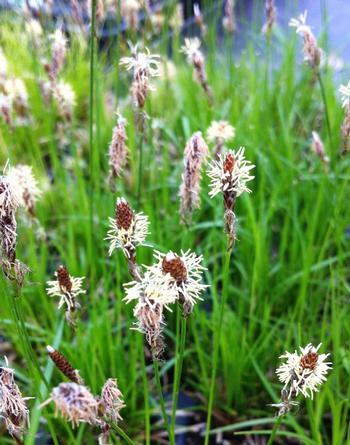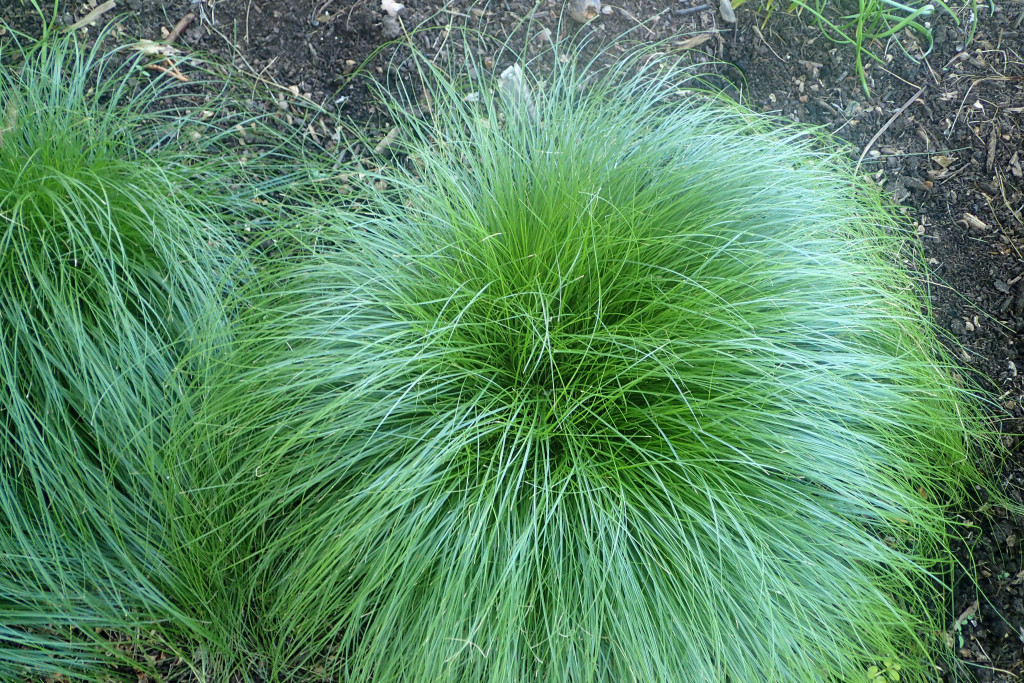Going into fall, we always like to review different Carex species with our crews. One reason is that we use carex in our fall container plantings, and another is that we want to prevent any accidental cutbacks. The genus "Carex" is made up of grass-like plants called sedges, and although they look like grasses, they grow in different conditions and require different maintenance. Carex looks great in a container because it adds a full, yet delicate texture that moves like a waterfall in the wind. It comes in many different shades of yellow and green, with variegated types as well. On some, the inflorescences (seedheads) are hardly noticeable, and on others they are somewhat attractive. Today, we will specifically look at Carex rosea, the rosy sedge.

Rosy sedge is native to North America, and grows naturally in bottomlands and deciduous forests. It is often found in damp areas such as along streams and ponds, or rocky crevices. It grows in clumps, but will spread slowly by rhizomes (thick roots, like in daylilies) in a favorable environment. This plant is great for shade gardeners, because it will tolerate both wet and dry soils, and it can be used in rain gardens. It can also be grown as a lawn alternative or ground cover (but don't mow it like grass!). The foliage is a nice medium to dark green, slightly shiny, and fine-textured. The "rosy" part of the name comes from the rosy tint on part of the seedheads.
Maintenance
Maintenance for rosy sedge is next to non-existent! It doesn't generally need any trimming, unless significant browning occurs in winter. Avoid planting in very windy locations and make sure the plants receive enough water during winter to avoid excessive browning.
ID Tips
- The leaves of rosy sedge are creased along the center, causing a 'V' shape when cut in cross-section.
- Rosy sedge has very narrow solid green leaves, quite similar to Carex pennsylvanica. Sedge leaves taper gradually to a very long, thin, wiry point which sometimes curls.
- Most sedges have small, brown, tufty seedheads, and what sets rosy sedges apart is the white fluffy tufts on a rosy brown base.
